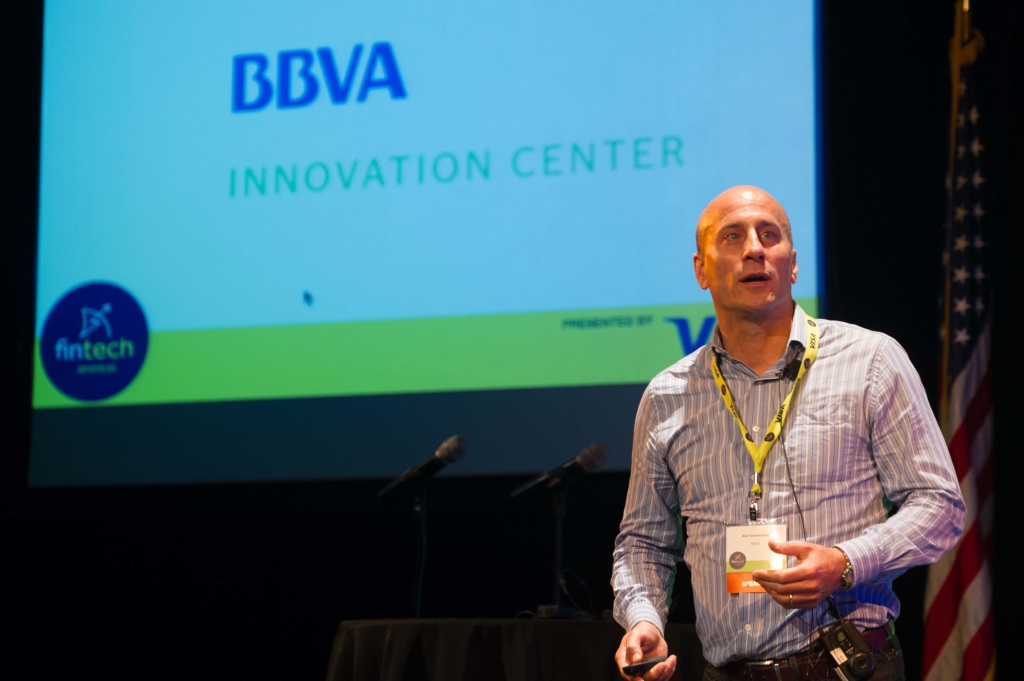 Autor: Ingeniero en Computación Hernán Miguel Amiune – Profesor de la Universidad Católica de Córdoba Argentina en Programación Online – CoFundador CEO de elMejorTrato.com México. Especializado en Data Mining. Actualmente responsable de la expansión de la empresa a toda Latino América.
Autor: Ingeniero en Computación Hernán Miguel Amiune – Profesor de la Universidad Católica de Córdoba Argentina en Programación Online – CoFundador CEO de elMejorTrato.com México. Especializado en Data Mining. Actualmente responsable de la expansión de la empresa a toda Latino América.
Existen dos formás bien distintas de crear una empresa, una es consiguiendo inversores que crean en el proyecto y la otra es conocida como bootstraping en donde los fundadores comienzan desde cero y a través de la reinversión de las ganancias que va generando la empresa comienza a crecer. En el primer caso, el CEO existe desde el día uno y mayormente se dedica a venderle la idea a inversores e invierte casi la totalidad de su tiempo en buscar capital para hacer crecer la empresa lo más rápidamente posible.
En el segundo caso, bootstraping, es prácticamente un requisito que los fundadores tengan solidas habilidades técnicas las cuales les permitan comenzar con el proyecto aun sin mucho dinero. En estos casos se podría llamar al fundador CXO, en donde X = {E, T, F, …}, es decir el fundador no es solo Chief Executive Officer (CEO), sino también Chief Technology Officer (CTO), Chief Financial Officer (CFO) y muy probablemente mucho más también.
El primer paso en el bootstraping es generar ganancias para poder reinvertirlas y seguir creciendo, lograr esto no es tarea fácil, de hecho hay muy pocos que lo logran y lograrlo es realmente un éxito. Muchos, luego de conseguir este éxito, se encontraran más que cómodos manteniendo la empresa tal como esta pero en la mayoría de los casos el siguiente paso es hacer crecer la empresa, llevarla al siguiente nivel.
Para ello un paso fundamental es el de realizar la transición de fundador a CEO o para decirlo de otra forma de CXO a CEO. Esta decisión es muy importante para el fundador ya que debe decidir si deja de realizar muchas de las tareas que realmente hace y que probablemente esté comido y a gusto haciendo para dedicarse exclusivamente a la toma de decisiones. Para llevar a cabo esta transición existen una serie de pasos que aunque a continuación se enumeran alguno de los más importantes a modo de receta, estos ocurren gradualmente y en un periodo prolongado de tiempo, como todo en la vida, nada ocurre de un día para el otro.
Dejar de lado la arrogancia y seleccionar el personal
Quizá el cambio más importante que deba llevar a cabo el fundador es el de dejar de lado la arrogancia de creer que es necesario para todas las funciones de la empresa. Seguramente si logró llevar a la empresa de cero a generar ganancias es más que bueno en lo que hace pero es fundamental encontrar para cada puesto una persona que sea aun mejor para esa tarea y en ese sentido deberá tener la humildad necesaria para reconocer las habilidades de los demás, reconocer, confiar y respetar a esas otras personas que lo reemplazarán y que pasarán a ser claves para la empresa.

Mucho se ha hablado de la importancia que tienen los equipos para pasar de un startup a una empresa exitosa y mucho se ha hablado de la importancia de la selección del personal pero poco se ha dicho de la importancia que tiene el fundador en este proceso. Nadie conoce mejor las tareas que se deben realizar en la empresa que el fundador, nadie las conoce con tanto detalle ni sabe cuáles son las habilidades necesarias para llevarlas a cabo. Por ello el fundador juega un rol fundamental en el proceso de selección del personal más capacitado y de mayor importancia. En este momento de selección, la capacidad del fundador de reconocer y atraer gente más talentosa que él mismo es lo que hará la diferencia entre el éxito o el fracaso o cualquier punto medio entre estos dos.
Distribuir las responsabilidades y automatizar los procesos.
Un segundo paso o mejor dicho un paso que va de la mano con la selección del personal de jerarquía es la distribución de las responsabilidades. De nada sirve seleccionar a una sola persona súper capacitada para que reemplace al fundador en todas las tareas. El nuevo CEO debe distribuir todo el peso y la carga que estaba soportando como fundador en varias personas altamente eficientes, cada una en su especialidad. Esto obviamente se llevará a cabo gradualmente, es decir, la X de CXO tendrá cada vez menos valores disponibles para la X hasta que el único valor sea E.
Todo este proceso llevará a una empresa más sólida, la cual se encontrará apoyada sobre varios pilares los cuales sostendrán la estructura de la empresa y le darán la base para seguir edificando y creciendo.
Por otro lado el fundador al conocer todos los detalles del funcionamiento de la empresa deberá decidir, ya contando con profesionales altamente capacitados, cuales procesos se podrán automatizar a fin de evitar la contratación de personal no imprescindible, lo cual seria una ineficiencia muy cara para una empresa en crecimiento.
En resumen el paso de fundador a CEO implica pasar de ser imprescindible para la empresa a pasar a ser totalmente prescindible, en el sentido de que la empresa deberá funcionar automáticamente en donde en CEO sólo se dedicará a tomar decisiones estratégicas y no de funcionamiento básico de la empresa.






